Search titles
Displaying results 201 to 210 of 856.
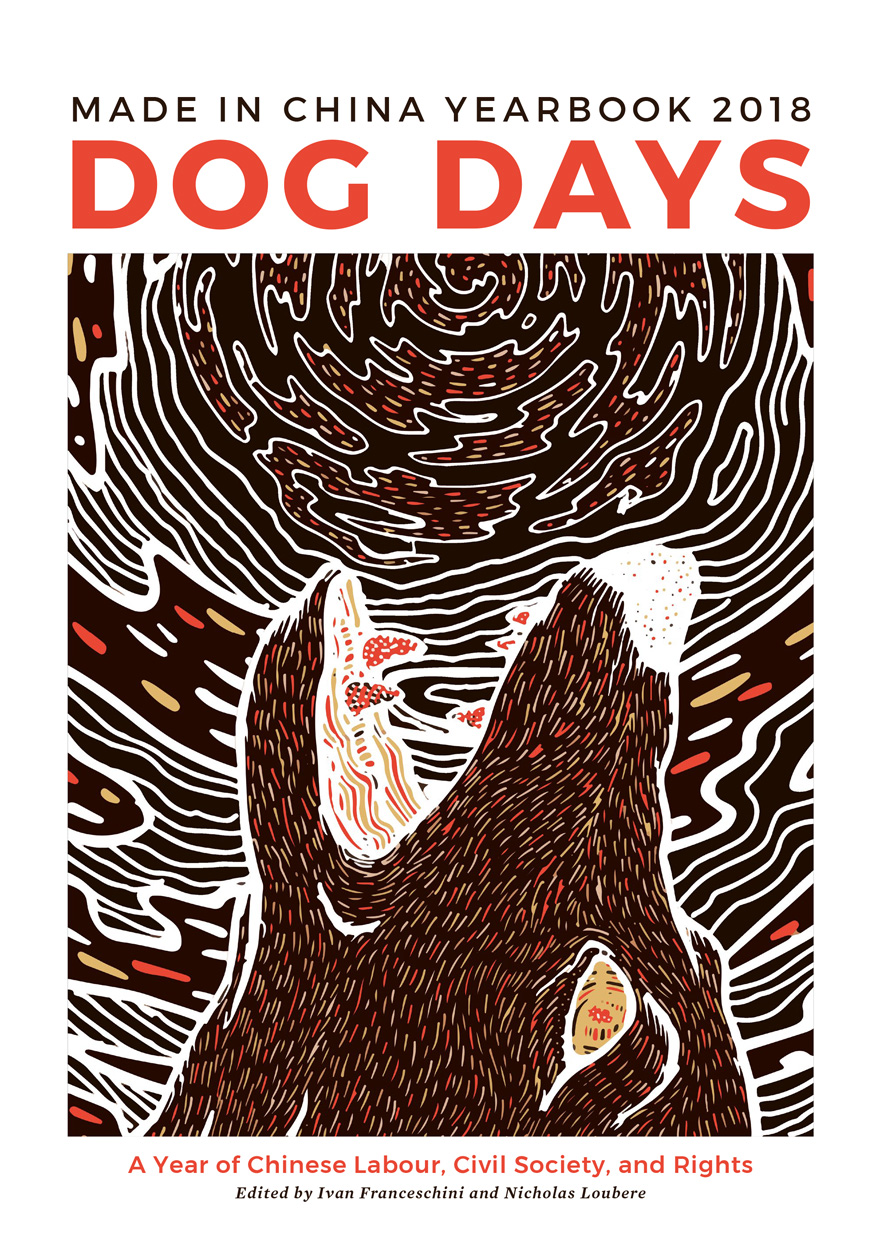
Dog Days »
Made in China Yearbook 2018
Edited by: Ivan Franceschini, Nicholas Loubere
Publication date: April 2019
According to the Chinese zodiac, 2018 was the year of the ‘earthly dog’. In the middle of the long, hot, and feverish dog days of the summer of 2018, some workers at Shenzhen Jasic Technology took their chances and attempted to form an independent union. While this action was met by the harshest repression, it also led to extraordinary demonstrations of solidarity from small groups of radical students from all over the country, which in turn were immediately and severely suppressed. China’s year of the dog was also imbued with the spirit of another canine, Cerberus—the three-headed hound of Hades—with the ravenous advance of the surveillance state and the increasing securitisation of Chinese society, starting from the northwestern region of Xinjiang. This Yearbook traces these latest developments in Chinese society through a collection of 50 original essays on labour, civil society, and human rights in China and beyond, penned by leading scholars and practitioners from around the world.

Made in China Journal: Volume 4, Issue 1, 2019 »
Edited by: Ivan Franceschini, Nicholas Loubere
Publication date: March 2019
Sun and moon have no light left, earth is dark; / Our women’s world is sunk so deep, who can help us? / Jewelry sold to pay this trip across the seas, Cut off from my family I leave my native land. / Unbinding my feet I clean out a thousand years of poison, / With heated heart arouse all women’s spirits. / Alas, this delicate kerchief here / Is half stained with blood, and half with tears.
— Qiu Jin, 1904 (translated by Jonathan Spence)
As she bode farewell to China in the summer of 1904, early revolutionary Qiu Jin penned these words to bemoan the fate of herself and of uncountable Chinese women. She was leaving behind her husband—whom she had married out of obligation—and two young children to go to study in Japan. Having returned to China, she would continue to engage in revolutionary activities, and was ultimately beheaded by the Qing authorities in July 1907 at the age of 31. Martyrdom made her into a legend. More than a century later, bound feet belong to another age and kerchieves stained with blood and tears have become an overused trope in revolutionary literature. Still, Qiu Jin’s spirit is more alive than ever in a whole new generation of Chinese feminists who are fighting for women’s rights—a renewed attempt to smash the bell jar of China’s patriarchal society. This issue of the Made in China Journal offers a series of perspectives on the plight and struggles of women and sexual minorities in today’s China.
Download for free
Not available for purchase
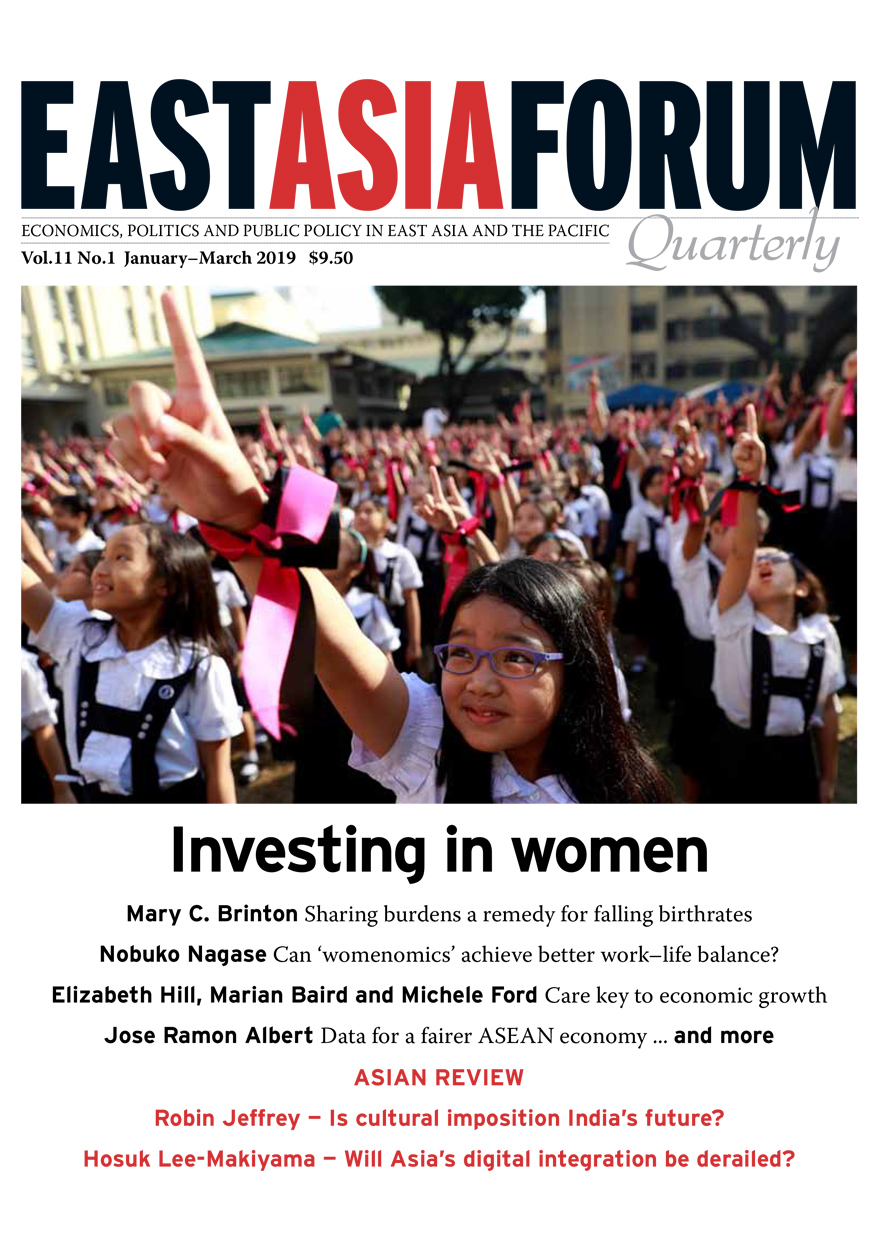
East Asia Forum Quarterly: Volume 11, Number 1, 2019 »
Publication date: March 2019
This issue of East Asia Forum Quarterly touches on key economic and social questions that affect gender equality in Southeast Asia and East Asia, delving beneath the aggregates and measurement challenges. Strengthening the evidence base is critical to building the policy toolkit and shaping public investments that ensure no woman or man is left behind.
East Asia Forum Quarterly grew out of East Asia Forum (EAF) online, which has developed a reputation for providing a platform for the best in Asian analysis, research and policy comment on the Asia Pacific region in world affairs. EAFQ aims to provide a further window onto research in the leading research institutes in Asia and to provide expert comment on current developments within the region. The East Asia Forum Quarterly, like East Asia Forum online, is an initiative of the East Asia Forum (EAF) and its host organisation, the East Asian Bureau of Economic Research (EABER) in the Crawford School of Economics and Government in the College of Asia & the Pacific at The Australian National University.
Download for free
Not available for purchase
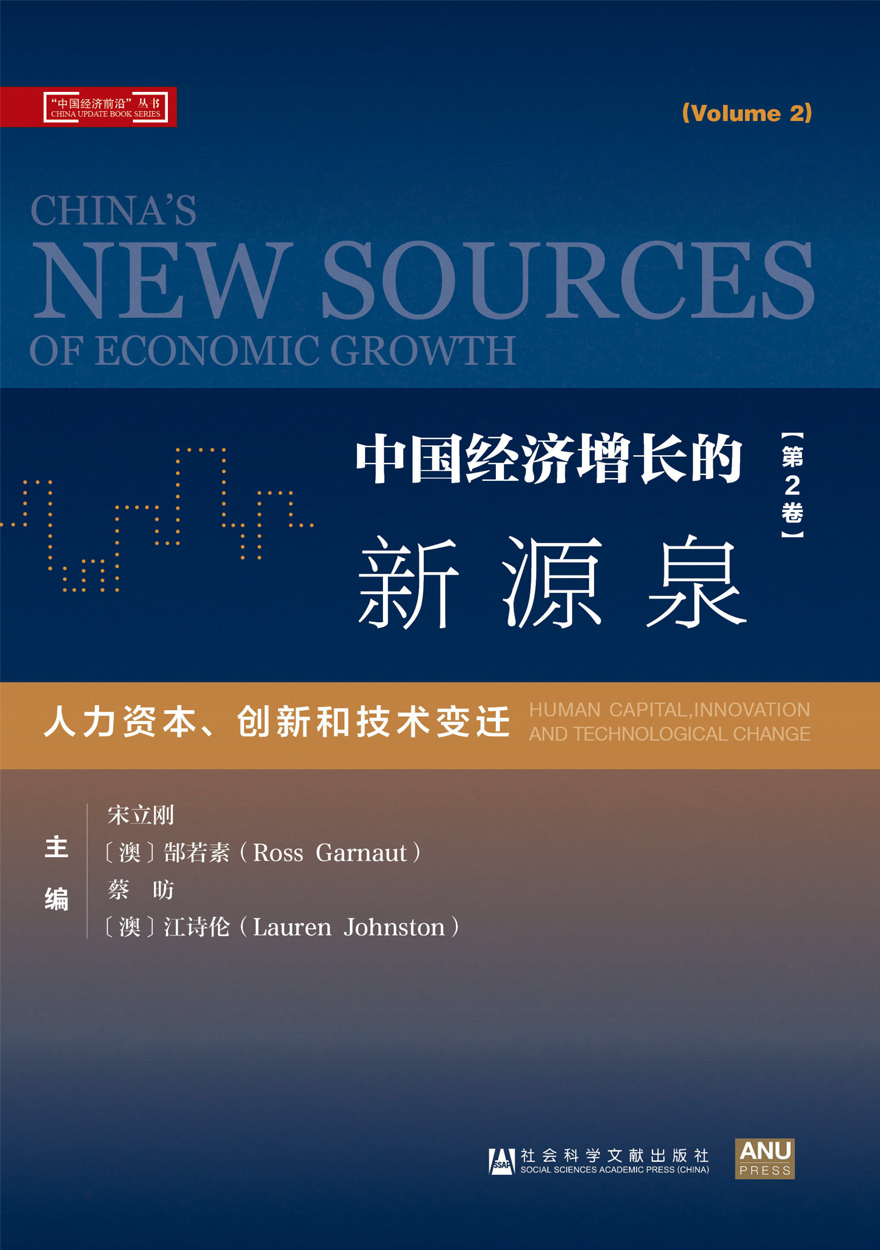
China's New Sources of Economic Growth: Vol. 2 (Chinese version) »
人力资本、创新和技术变迁
Edited by: 宋 立刚, Ross Garnaut, 蔡 昉, Lauren Johnston
Publication date: March 2019
本书试图对人力资本、创新和技术变迀在转型经济中的作用做深层次分析,并讨 论中国的经历在何种方式上为中国自身和其他国家提供了重要的经验教训。我们生活 在一个现代技术越来越多地影响着我们方方面面生活的全新时代。虽然中国正付出极 大努力通过增加人力资本和技术创新来完成经济结构调整和转型,但仍面临巨大的挑 战。为此,本书深入研究了人力资本、创新和技术变迀在影响中国经济增长模式和中 国经济总体发展格局中的作用,考察了宏观经济最新发展情况以及教育和创新发展的 趋势,还研究了结构变化是如何为中国获得一系列更先进增长驱动力做好准备的。
Chinese print version of this book is available from Social Science and Academic Press

Made in China Journal: Volume 3, Issue 4, 2018 »
Edited by: Ivan Franceschini, Nicholas Loubere
Publication date: December 2018
In December 2018, the Chinese authorities commemorated the 40th anniversary of China’s reform and opening up. These four decades of unprecedented economic growth and transformation have been rooted in a fundamental socioeconomic restructuring. Contemporary China has changed from a largely agrarian society predominantly inhabited by peasants, to a rapidly urbanising one, characterised by a floating populace moving back and forth between rural and urban spaces, which are in a continuous state of flux. Going hand in hand with China’s ascent into modernity is the subordination of rural areas and people. While rural China has historically been a site of extraction and exploitation, in the post-reform period this has intensified, and rurality itself has become a problem. This issue of Made in China focuses on the labour that these attempts to restructure and reformulate rural China have entailed, and the ways in which they have transformed rural lives and communities.
Download for free
Not available for purchase
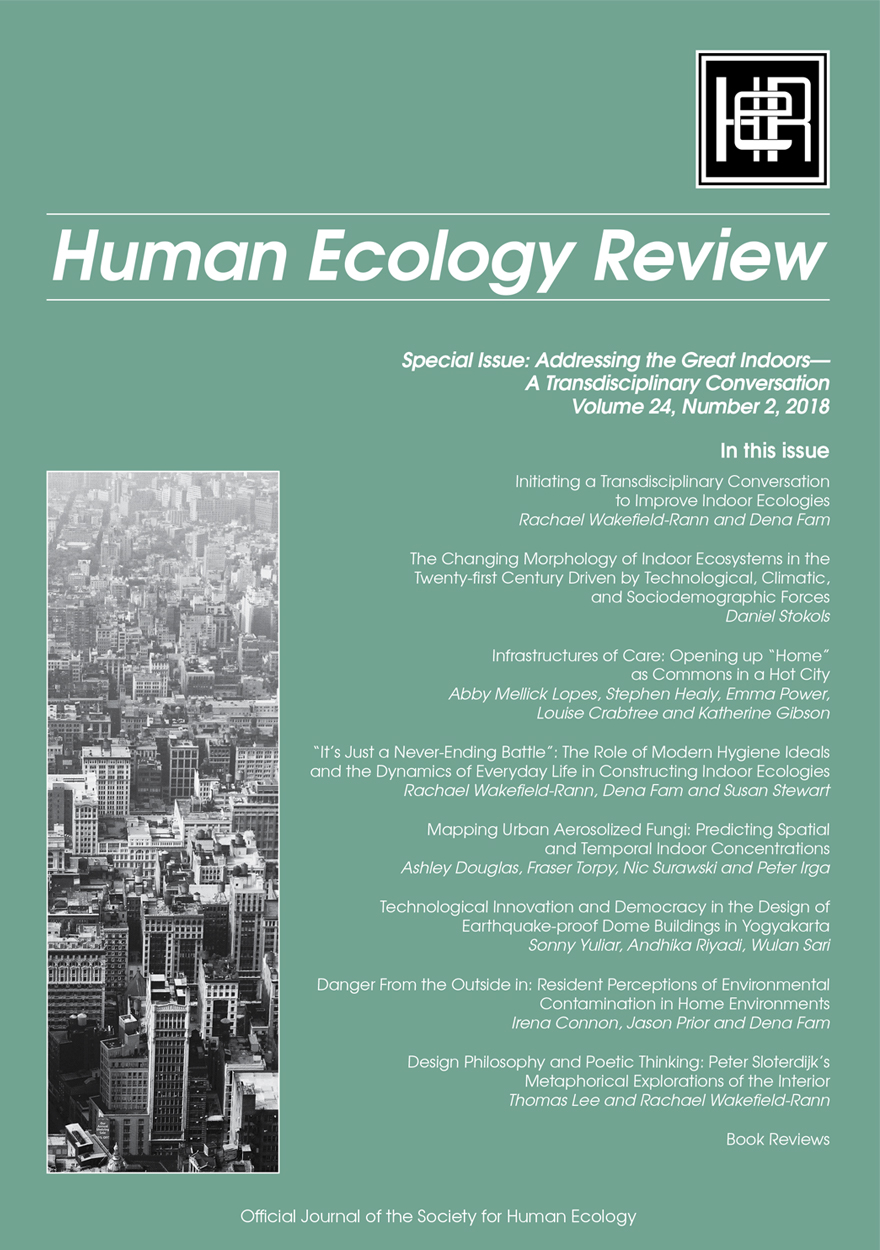
Human Ecology Review: Volume 24, Number 2 »
Special Issue: Addressing the Great Indoors — A Transdisciplinary Conversation
Publication date: December 2018
Human Ecology Review is a semi-annual journal that publishes peer-reviewed interdisciplinary research on all aspects of human–environment interactions (Research in Human Ecology). The journal also publishes essays, discussion papers, dialogue, and commentary on special topics relevant to human ecology (Human Ecology Forum), book reviews (Contemporary Human Ecology), and letters, announcements, and other items of interest (Human Ecology Bulletin). Human Ecology Review also publishes an occasional paper series in the Philosophy of Human Ecology and Social–Environmental Sustainability.
Download for free
Not available for purchase
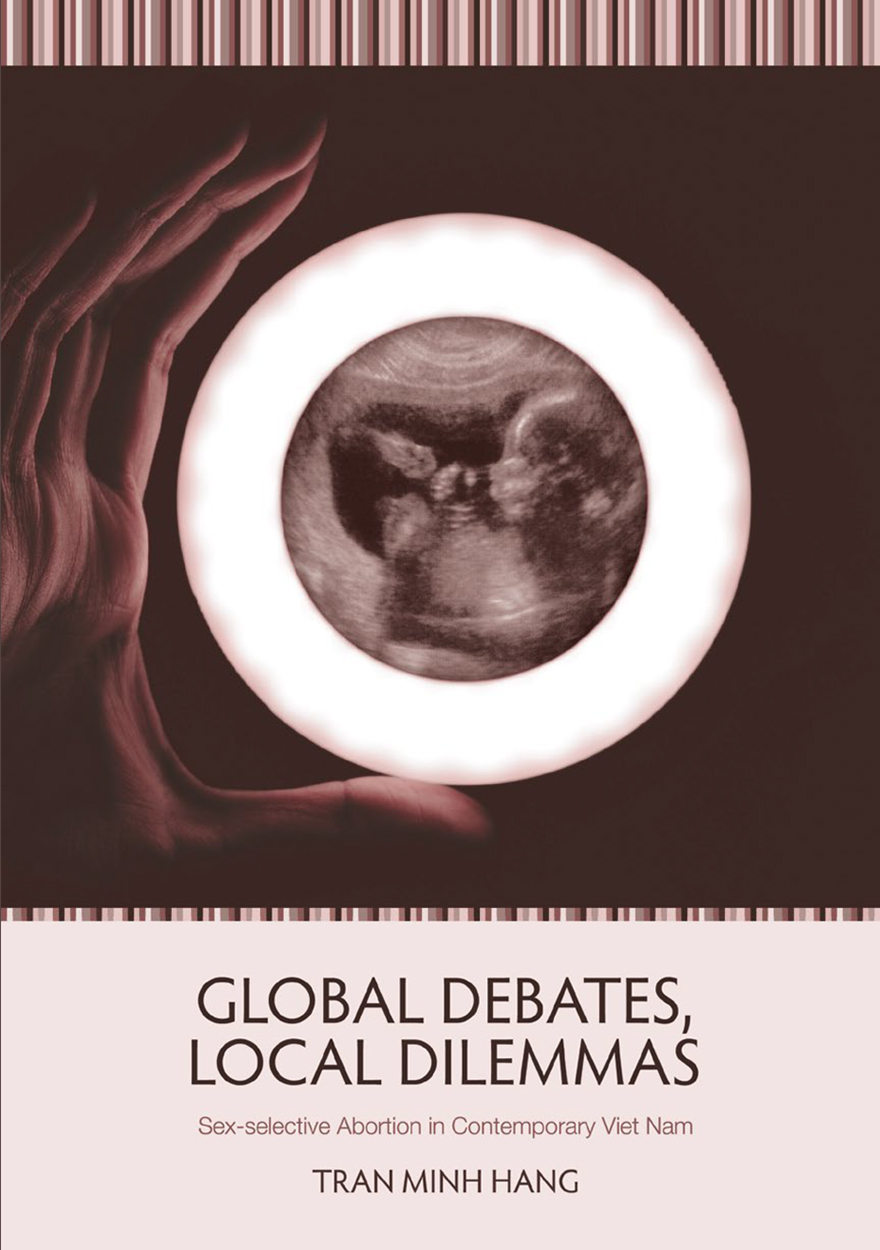
Global Debates, Local Dilemmas »
Sex-selective Abortion in Contemporary Viet Nam
Authored by: Tran Minh Hang
Publication date: December 2018
The practice of sex-selective abortion is on the rise globally, stirring debates about gender inequality, medical ethics and reproductive autonomy. This book is the first ethnography to document practices of sex selection in Viet Nam. It shows how and why abortions are used to select the sex of children and how Vietnamese individuals and health professionals are implicated in this illicit and controversial practice. Telling the stories of women who have undergone sex-selective abortions, it traces their passage through sex determination and abortion decision-making phases, and investigates their experiences during and after their sex-selective abortions. It describes the turmoil experienced by individuals who undergo such abortions and explores their interactions with the spectrum of social actors and health institutions that facilitate practices of sex selection.
As the first ethnographic study on sex-selective abortions in Viet Nam, this book delves into socially sensitive terrain and sheds light on personally fraught individual experiences of reproductive agency. It documents societal responses to sex-selective abortions in Viet Nam and identifies gaps in the state’s capacity to regulate reproductive desire in a marketised economy. A resource for researchers, it contributes to ongoing debates on sex selection and provides a framework for developing relevant social policies, interventions and support services.
‘This pioneering study offers a nuanced and sensitive account of sex-selective abortion as human experience. Through thought provoking case studies, the book provides rare ethnographic documentation of the complex quandaries that arise as selective reproductive technologies are routinised across the globe.’
— Tine M. Gammeltoft, Department of Anthropology, University of Copenhagen

Aboriginal History Journal: Volume 42 »
Edited by: Ingereth Macfarlane
Publication date: December 2018
In this volume, Peter Sutton provides a survey of the articles published by linguist Dr Luise Hercus (1926–2018) in Aboriginal History, honouring the contribution she has made to the journal since its inception. The seven articles this year highlight the wealth of sources that feed into historical research of Indigenous Australia. The role of performance in the events organised by the National Aborigines Day Observance Committee (NADOC) in 1957–67 in Sydney shows up the contest between state assimilationist goals and Indigenous participants’ insistence on distinction, continuity and survival (Jonathon Bollen and Anne Brewster). The then radical agenda – in a protectionist policy regime – of the advocacy group, the Aborigines’ Protection League in South Australia in the 1920s–30s, is examined in a detailed study of the group’s campaigns and campaigners (Rob Foster). A picture of colonial reception of Aboriginal performance and the public assertion of local Aboriginal cultural priorities in 1893 Darwin is developed in the historical contextualisation of a collection of Aboriginal artefacts found in the Marischal Museum, Aberdeen (Gaye Sculthorpe). A nuanced analysis of the relationship between the Catholic Benedictine Mission at New Norcia and the Western Australian Native Welfare Department draws on the correspondence between the Abbot of New Norcia and A.O. Neville (Elicia Taylor). A large body of reader responses to a recent online article on the deep history of Aboriginal Australia provides a way to map the strengths and weaknesses in the general Australian public’s apprehension of that long history (Lynette Russell and Billy Griffiths). A spatial history argues against the concept of ‘fringe camps’ and for a pattern of demonstrable continuities between precolonial, colonial and recent Aboriginal people’s favoured camp places and the locations of urban contemporary park spaces in Brisbane and townships in south-eastern Queensland (Ray Kerkhove). In the format of an interview, the themes concerning the writing of Aboriginal history and contemporary political debates that are developed in Tim Rowse’s recent book Indigenous and Other Australians since 1901 (2017) are explored (Miranda Johnson and Tim Rowse).
Aboriginal History Inc. is a publishing organisation based in the Australian Centre for Indigenous History, Research School of Social Sciences, The Australian National University, Canberra.
For more information on Aboriginal History Inc. please visit aboriginalhistory.org.au.
Download for free
Not available for purchase

The Promise of Prosperity »
Visions of the Future in Timor-Leste
Edited by: Judith Bovensiepen
Publication date: December 2018
For the people of Timor-Leste, independence promised a fundamental transformation from foreign occupation to self-rule, from brutality to respect for basic rights, and from poverty to prosperity. In the eyes of the country’s political leaders, revenue from the country’s oil and gas reserves is the means by which that transformation could be effected. Over the past decade, they have formulated ambitious plans for state-led development projects and rapid economic growth. Paradoxically, these modernist visions are simultaneously informed by and contradict ideas stemming from custom, religion, accountability and responsibility to future generations. This book explores how the promise of prosperity informs policy and how policy debates shape expectations about the future in one of the world’s newest and poorest nation-states.
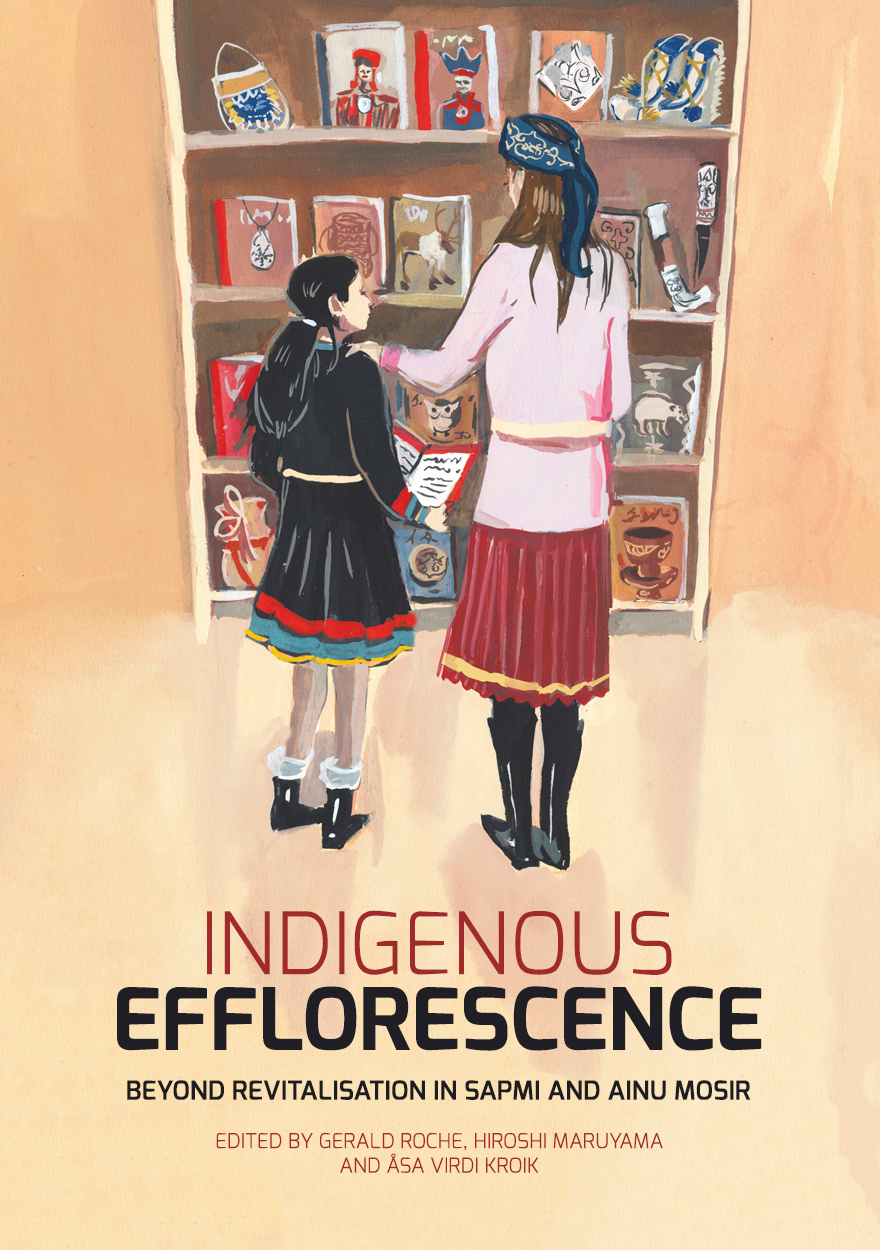
Indigenous Efflorescence »
Beyond Revitalisation in Sapmi and Ainu Mosir
Publication date: December 2018
Indigenous efflorescence refers to the surprising economic prosperity, demographic increase and cultural renaissance currently found amongst many Indigenous communities around the world. This book moves beyond a more familiar focus on ‘revitalisation’ to situate these developments within their broader political and economic contexts. The materials in this volume also examine the everyday practices and subjectivities of Indigenous efflorescence and how these exist in tension with ongoing colonisation of Indigenous lands, and the destabilising impacts of global neoliberal capitalism. Contributions to this volume include both research articles and shorter case studies, and are drawn from amongst the Ainu and Sami (Saami/Sámi) peoples (in Ainu Mosir in northern Japan, and Sapmi in northern Europe, respectively). This volume will be of use to scholars working on contemporary Indigenous issues, as well as to Indigenous peoples engaged in linguistic and cultural revitalisation, and other aspects of Indigenous efflorescence.



